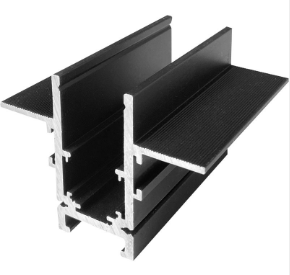Principles and advantages of maglev track technology
2025-03-10
Magnetic levitation track is an advanced transportation technology that uses magnetic force to suspend and run trains. Its technical principle is mainly based on the principle of electromagnetism, and magnetic force is used to achieve contactless operation between trains and tracks.
In maglev track systems, there are usually two common suspension methods: electromagnetic suspension (EMS) and electric suspension (EDS). Electromagnetic suspension uses the mutual attraction between the on-board electromagnet and the ferromagnetic track on the guide rail to suspend the train. Electric suspension uses the magnetic field generated by the induced current to suspend the train above the track.
Magnetic levitation track technology has many significant advantages. First, in terms of speed, maglev trains can achieve very high operating speeds. Since there is no friction between the wheel and the rail, the train can accelerate and maintain high-speed operation more easily.
Secondly, it performs well in energy efficiency. Due to the reduction of friction loss, maglev trains can travel farther with the same energy supply, reducing energy consumption.
Furthermore, the maintenance cost of maglev tracks is relatively low. Without the wear of mechanical parts and direct contact with the track, the frequency and cost of repairing and replacing parts are reduced.
In addition, the maglev train makes less noise when running, because there is no collision and friction noise between the wheels and rails, which can provide passengers with a quieter and more comfortable riding environment.





